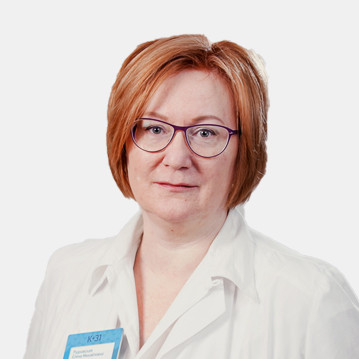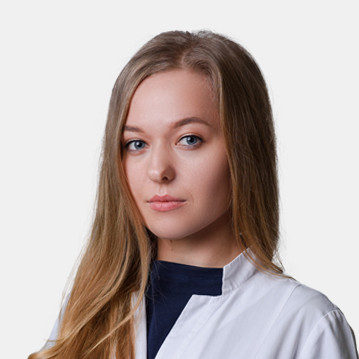The human eye is a complex optical system, one of the basic characteristics of which is the angle of refraction of light rays entering through the pupil and the transparency of the lens.
In pathologies caused by metabolic disorders, inflammation, autoimmune diseases, eye damage, part of the lens becomes cloudy and cannot function normally. In this regard, objects acquire blurred outlines, vision deteriorates up to blindness.
Modern laser-based technologies allow removing the cloudy part of the lens, replacing it with an artificial one. According to statistics, within 5 years after the operation, in 3-4 people out of 10, pathological processes in the eye continue, which leads to clouding of the remaining part of the lens, the return of symptoms and the development of secondary cataracts.
Correction of this condition is carried out using a non-contact intervention, which can be performed in our clinic. The operation is called "YAG laser dissection of the posterior capsule for secondary cataract" or laser discision.
Secondary cataract development is not a medical error during intraocular lens (IOL) implantation. There are the following risk factors that increase the risk of a return of the disease:
- Age over 60.
- Round, not square, IOL.
- The presence of chronic diseases, especially diabetes mellitus and atherosclerosis.
- Implantation of an artificial lens made of silicone, not acrylic.
The Department of Eye Microsurgery of the K+31 Clinic works according to modern standards - when carrying out an operation to replace the lens with an artificial one, it uses materials, thanks to which the likelihood of developing secondary cataracts is minimal.


